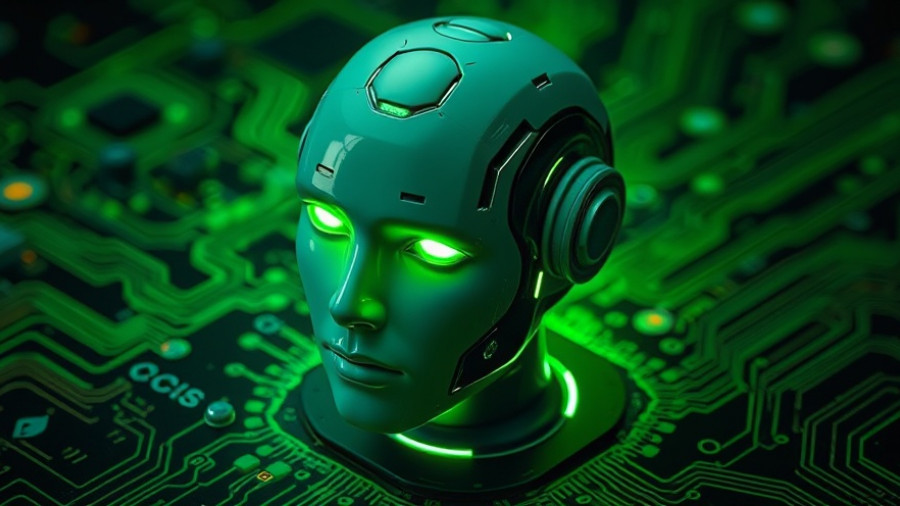
Reviving History: The AI Hologram of Howard Carter
In a groundbreaking collaboration, the Elliott Museum and RAVATAR have unveiled an interactive AI hologram of Howard Carter, the renowned British archaeologist best known for discovering the tomb of Tutankhamun in 1922. This innovative project merges technology with history, creating a dynamic museum experience that allows visitors to engage in real-time dialogue with the legendary figure, as if meeting him in person.
A Modern Twist on Museum Experiences
The creation of Howard Carter's lifelike hologram embodies a shift in how museums present history. By utilizing cutting-edge technology housed within a holobox, visitors can explore the depths of archaeology and hear first-hand accounts of Carter’s monumental discovery. This interactive display is not just a nod toward technological advancements, but a profound commitment to presenting historical narratives that resonate with modern audiences.
Bringing A Scholar to Life
RAVATAR's team meticulously designed Carter’s avatar using historical research, including photographs and diaries, to ensure authenticity. The hologram embodies Carter's features and personality, including his signature mustache and early 20th-century style, creating a digital representation that is not merely a static image but a character that interacts and responds in real-time.
The Impact of Humanized AI
As Ruslan Synytsky, CEO of RAVATAR, states, this project aims to 'make AI more human.' By blending advanced AI with holographic technology, the experience allows visitors to delve into archaeology's fascinating world. Carter shares anecdotes and insights about his adventures, illustrating the meticulous processes and challenges he faced while uncovering one of the most important artifacts of ancient Egyptian history.
Shaping Cultural Preservation through Innovation
The Howard Carter AI hologram not only revitalizes the story of Tutankhamun's tomb but also exemplifies how museums can evolve. The Elliott Museum, known for its dedication to preserving heritage, successfully integrates technology to foster a deeper understanding of history. The collaboration offers a unique template for other institutions looking to enhance visitor engagement while preserving cultural narratives.
Visitor Impressions
Feedback from visitors to the Elliott Museum has been overwhelmingly positive. Many describe the experience as 'inspiring' and 'emotional,' feeling as though they’ve stepped back in time to converse with a historical figure. In this format, history transforms from static exhibits into vivid, human experiences.
Conclusion: The Future of History and Technology
The Howard Carter AI hologram represents a merging of educational technology and cultural storytelling that could redefine museum experiences. As we look toward the future, it appears this innovative approach will serve as a model for how history can be brought to life, permitting audiences not just to observe but to engage in meaningful dialogues with the past.
 Add Row
Add Row  Add
Add 




Write A Comment